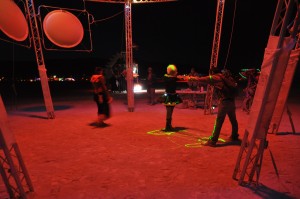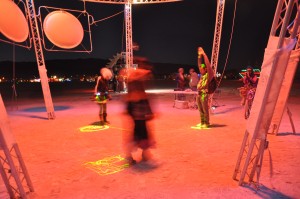@CailinJohnson
The kindle by amazon is a fairly new media object. This is an object that allows us to receive books, videos, applications and much more wirelessly and on a small tablet. The kindle is basically a pad that can do all of the things your laptop can do but on a seven inch much more portable laptop. This is a new media object because it requires the help of computers, websites and applications making it digital. The kindle has a touch pad screen that allows you to type just like you were typing on your own computer at home. At the top of the screen there are options that say shop, games, apps, books, music, videos, newsstand, audiobooks, web, photos, docs, and offers. When you select one of these it will take you to a new screen that allows you to purchase an item from the categories listed above. Also with this device you can load your documents and take pictures. Amazon by kindle has made a device that is normally only seven inches long do all of the functions that your 15 inch laptop can do. One characteristic of new media that fits the kindle is variability: you can set up your kindle any way you want it to be and you can also put things on your kindle that you want to be there. If you want to buy a book you can purchase it then it will instantly be placed on your kindle. If you want a movie again it will instantly be placed there. All of this is an example of how this new media object uses variability, whatever is placed on the kindle is different for every kindle user.




